The budgie, or parakeet, is among the smallest of the parrot species commonly kept as pets. They are also one of the most popular pet birds in the world, due in part to the fact that they are quite affordable. These small parrots are exceedingly friendly and easy to tame.
The budgie and other parakeet species are native to Australia, where they are still found in huge flocks in grasslands. These wild species, however, are slightly smaller than the birds normally found in pet stores, which have now undergone decades of captive breeding.
Species Overview
Common Name: Parakeet, budgie
Scientific Name: Melopsittacus undulatus
Adult Size: 7 inches long
Lifespan: 10 to 12 years
Origin and History
The English naturalist John Gould brought the budgie to Europe around 1840, where they quickly became favorites as pets. By 1894, Australia banned export budgies, leading to a lucrative breeding business in Europe. The bird was slow to find its way to America, arriving about 1920, but became wildly popular by the 1950s.
There are two types of budgies common to the pet trade—the American budgie, or parakeet, and the English budgie. The American variety is the one most commonly found in pet stores, while the type often seen in exhibitions and shows is the larger English budgie. English budgies have a different appearance than American budgies, but both types belong to the same species.
Behavior and Temperament
Budgies are gentle and docile birds. They are also very easy to tame, especially if acquired at a young age. Pairs of birds make good company for each other, but when in living pairs and entertaining one another, they may not bond as well with their owners or mimic speech as fluently. Budgies are also very playful, active, and quieter than some other types of parrots.
Speech and Vocalizations
While they can sometimes be difficult to understand, parakeets are also quite capable of mimicking human speech. They aren't the easiest birds to teach to speak, but you can likely teach them a few easy words. In addition to the ability to mimic human speech, parakeets are quite gifted at mimicking other sounds. A creaking door, a squeaking chair, the tone of a text message coming into a phone—heard enough times, your parakeet will start making these sounds, too.
Colors and Markings
The normal wild coloration of a budgie is a light green with black bars on its wings, back, and head. Typically mature females have a tan or beige cere (the fleshy part around the nostrils), and males have a bluish cere. Young budgies also have bar markings on their foreheads that recede with age, and their eyes typically have dark irises that gradually become gray with age. Through selective breeding in the pet trade, a huge variety of colors and patterns are available, including violet, blue, yellow, pied, albino, and the classic neon green.
Housing
Budgies are active and playful and should have a large cage that allows room for toys, sleeping, eating, and flight. The minimum dimensions for a cage are 20 inches long by 12 inches deep by 18 inches high, but bigger is always better. The spacing of the cage bars should be half an inch or less to avoid escapes and prevent your bird from getting stuck. Horizontal cage bars offer the best opportunity for climbing and exercise. Place at least a couple of perches at different levels, with enough space for your budgie to comfortably move between them. Offering a variety of perch sizes, shapes, and textures will also help keep your budgie's feet in good shape. A nest to sleep in, dishes for food and water, various toys, and things to chew on should all fit inside the cage.
Even if they have a large cage, budgies will still need playtime and socialization opportunities outside of the cage. Flight is very natural and important for a bird, but you should only allow your budgie to fly in a very secure and safe area. If you have concerns about being able to control your bird's flight area, consider having the wings trimmed some to decrease the flying abilities.
Like most parrots, budgies are social birds, and thus many owners keep budgies in pairs so that they can entertain one another. Budgies seem to be happiest when kept in pairs. A single bird can be fine as long as you can spend a significant amount of time interacting with them daily.
Common Health Issues
Budgies are prone to some of the same issues as other parrots, but some issues are unique to this species. For example, they can be susceptible to goiters caused by iodine deficiency or develop tumors if their diet includes too many seeds and not enough fruits and vegetables. Budgies can also be subject to psittacosis (also called parrot fever, caused by bacteria), and they can fall prey to scaly mites that affect the skin on the legs and around the eyes.
Diet and Nutrition
Variety is the key to healthy parakeet food since these birds are diverse foragers in the wild. Seeds can be a nutritious part of a budgie's diet, but because these are high in fat, seeds should only make up a portion of the diet. Pelleted diets are often a good choice for birds, as they are nutritionally balanced. Seeds and pellets can be fed in combination, but other foods should also complement the diet, including a variety of fresh vegetables (carrots, broccoli, corn, spinach, beans, etc.) and fruit.
Have patience with your budgie anytime you introduce a new food, as they can be scary to birds. Sprouted seeds are also an excellent way to add variety to your bird's diet, but avocados, chocolate, sugar, and salt must be avoided. A cuttlebone can be provided as a source of calcium.
Exercise
Free flying time is critical to the budgie; try to offer several hours each day in a safe room. A large houseplant can be a great playground. Your budgie needs a variety of toys to offer exercise and mental stimulation. It's best to rotate the toys every month or so to prevent them from growing bored.
Where to Adopt or Buy a Parakeet
Unlike other parrots, budgies are widely available at nearly all pet stores, so care is necessary when selecting a bird. Where possible, it's better to buy a bird directly from a breeder. If you want to tame your budgie easily, it is best to choose a young budgie that has been handled regularly. You can expect to pay more for a hand-reared or very young bird, but it may be worth the extra cost since it will make the hand-taming process quicker and easier. Pet stores typically have older birds, so hand-taming them may be more of a challenge.
Look for a bird that is bright, alert, and active. The feathers should be smooth, shiny, and lay flat on the body. The vent should be clean, dry, and free of fecal matter. The scales on the feet should be smooth, the nails and beak should be smooth and not overgrown, and the nostrils should be clear and clean with no clumping of the feathers surrounding them.
Similar Species
When it comes to great pet ideas, the budgie isn't the only bird in town. Other small parrots you might want to consider are:
- Pacific parrotlet
- Lovebird
- Indian ringneck parakeet
- Black-capped conure

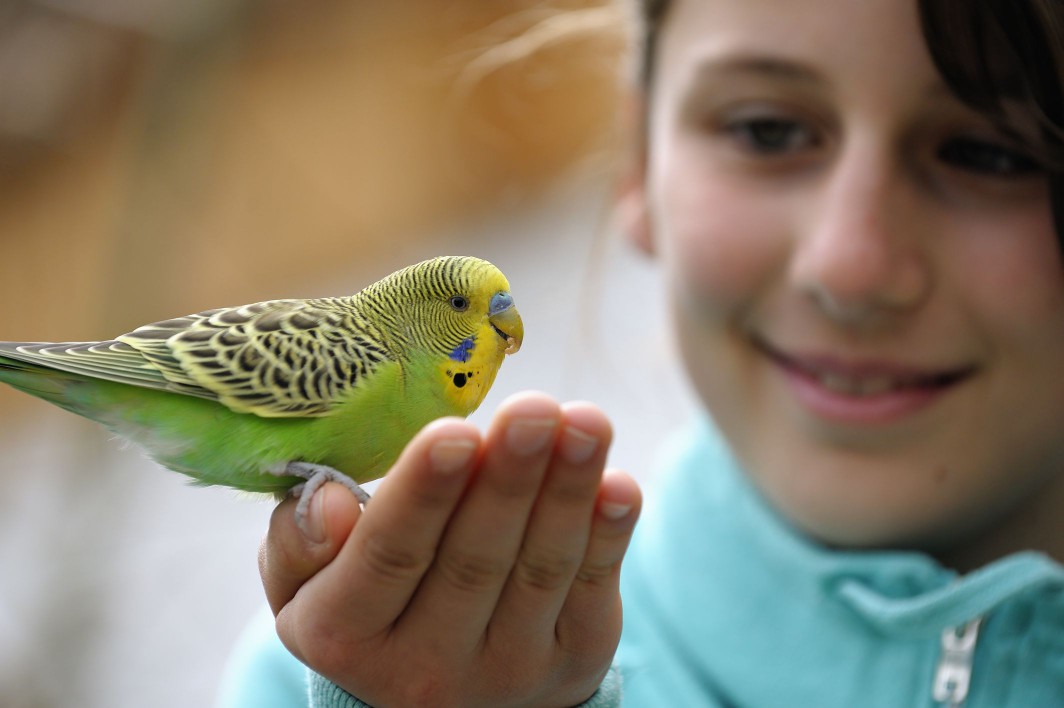
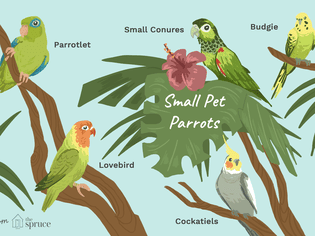
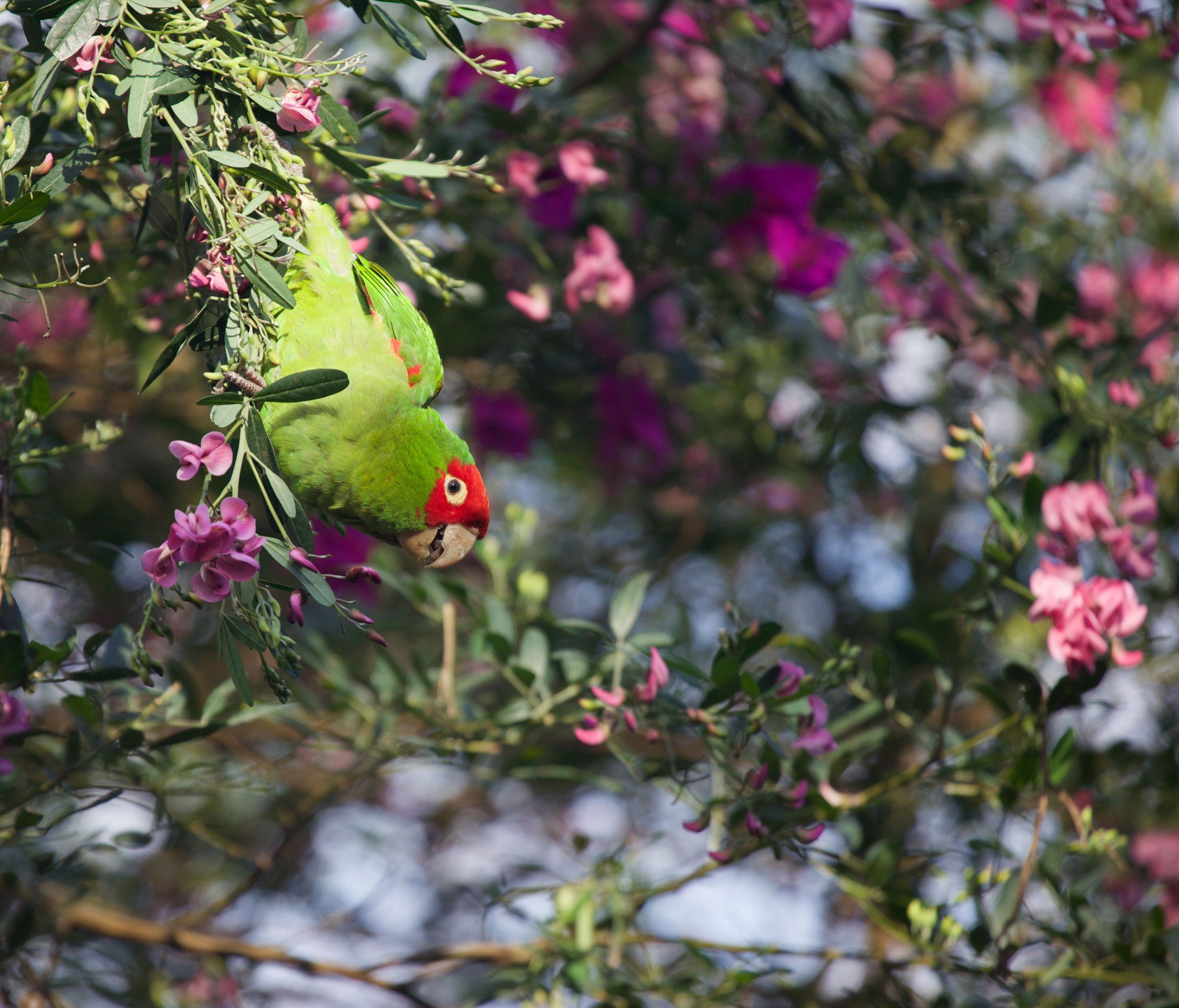
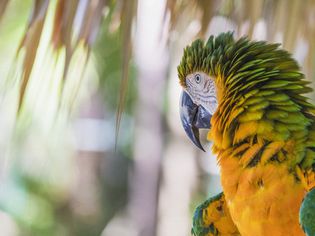
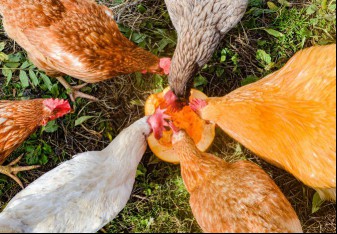
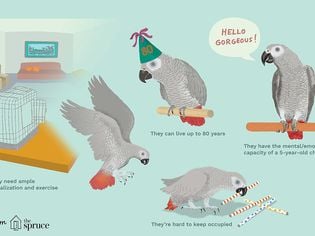
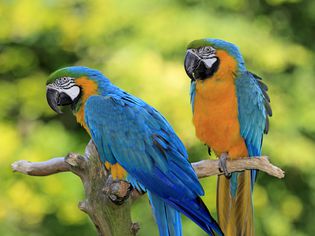
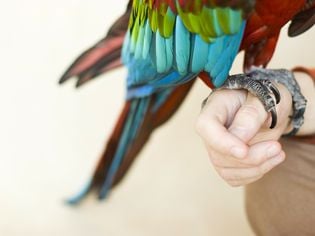
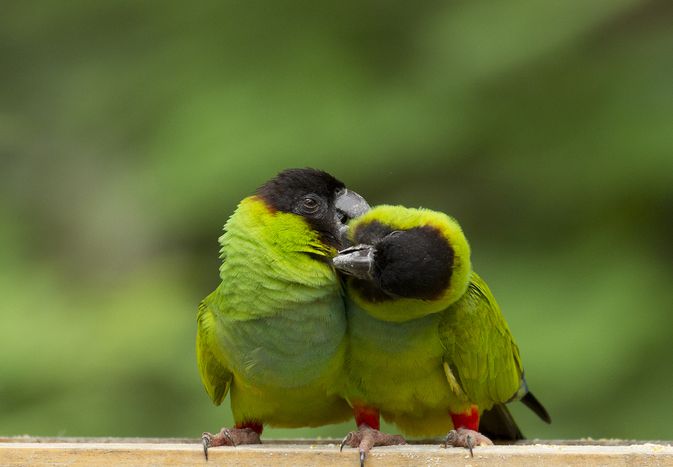
Comments on " How to Care for a Pet Parakeet" :